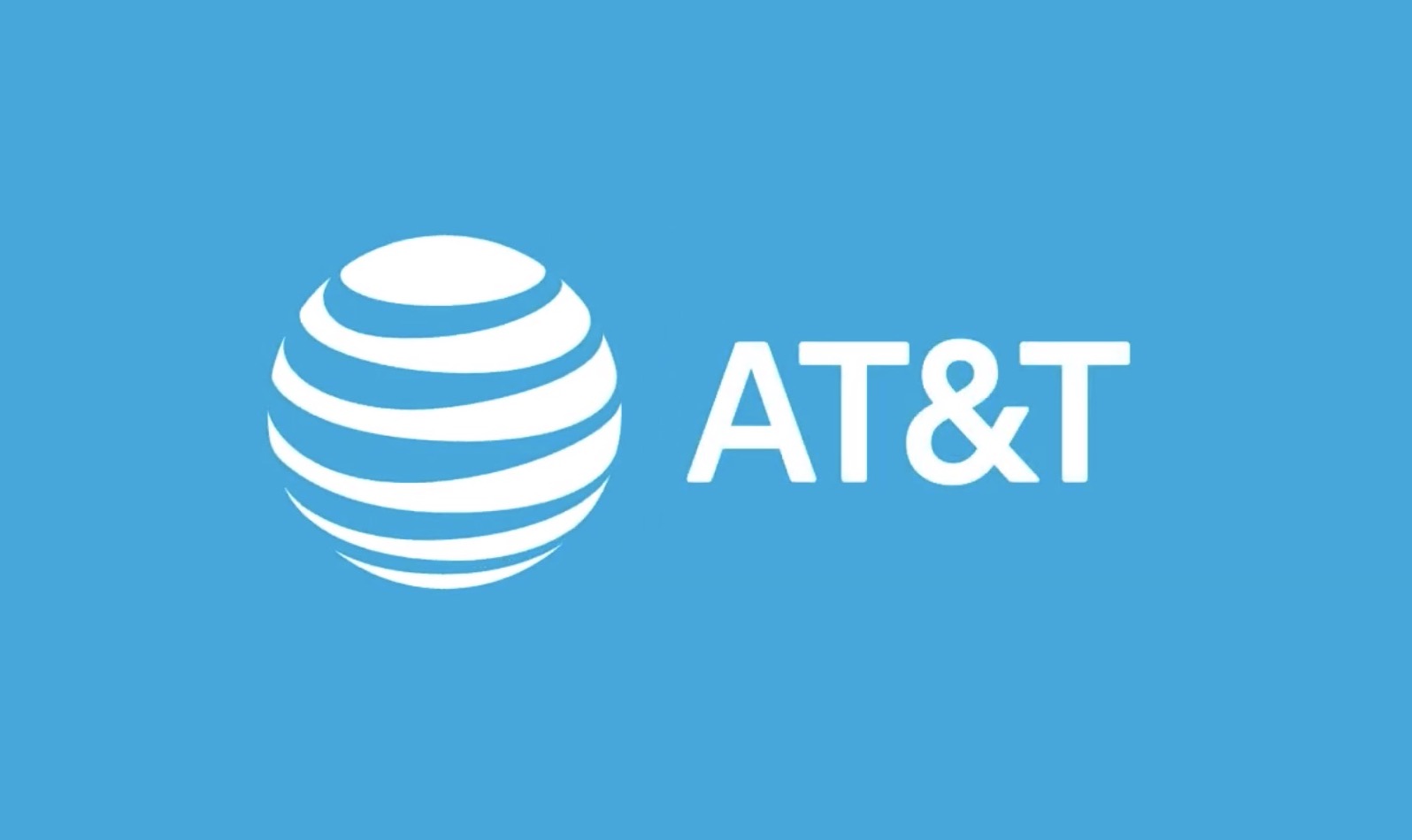Last month, we took a technical deep dive into the past, present, and future of Verizon’s network and infrastructure. If you haven’t had a chance to check it out yet, we highly recommend you give it a read. Now, it’s time to shift our focus by taking a closer look at AT&T Mobility.
With a whopping 162 million subscribers, AT&T continues to be our nation’s largest mobile network operator. AT&T not only has the largest network in terms of subscriber count, but they also have the most expansive network in terms of overall coverage. With over 99% of Americans blanketed by some form of coverage, AT&T is almost certainly available in your area. AT&T also ranks as the fastest mobile network overall in recent testing done by PCMag.
In this article, we’ll cover the past, present, and future of AT&T Mobility, as well as its network technology and infrastructure. If you’ve ever been curious about what exactly makes the nation’s largest mobile network operator tick as they push towards the future of 5G, this article is for you.
History of AT&T Wireless
The network that eventually became AT&T Mobility has a rich history full of mergers, acquisitions, and name changes. It all dates back to 1987, with the founding of McCaw Cellular Communications, a regional network carrier based out of Redmond, Washington. McCaw partnered with AT&T in 1990 to create the first nationwide cellular service. AT&T later went on to purchase McCaw Cellular in 1994, rebranding it as AT&T Wireless.
Not too long afterward, SBC Communications and BellSouth started a joint venture known as Cingular Wireless in 2000. This resulted in the nation’s second-largest mobile carrier at the time. While all of this was taking place, the now-defunct AT&T Wireless was facing major financial difficulties. This led to an acquisition by Cingular Wireless in 2004, with the plan of marketing the combined service under the AT&T brand. This merger led to a mix of TDMA and GSM network technologies, which complicated device and network compatibility for years to come. Thankfully as time went on and standards evolved, the issue of network integration has become a thing of the past.
Fast forward to today, and AT&T Mobility has continually grown its network both organically and through the acquisition of several regional networks. In fact, AT&T even tried to acquire T-Mobile back in 2011, but was unable to secure the required regulatory approval. Despite the setback, AT&T has managed to become the largest nationwide carrier with over 162 million subscribers as of their latest earnings call.
What kind of network is AT&T?
AT&T Mobility currently uses several different technologies and standards in its mobile network infrastructure. While perusing AT&T’s marketing materials, you’ll undoubtedly come across terms such as 3G, 4G, and now 5G. Although AT&T uses the letter “G” as shorthand for a technology’s underlying wireless generation, there’s a little more nuance to be unearthed.
In reality, AT&T’s use of generational terms doesn’t always correlate with those set forth by 3GPP, the standards organization responsible for developing the protocols used in mobile telephony. As such, teasing apart marketing speak from reality requires a little bit of work.
Let’s take a closer look and break down each of AT&T’s wireless generations, and see how they compare to the accepted 3GPP terms.
AT&T 3G
AT&T’s 3G technology revolves around a core technology called UMTS (Universal Mobile Telecommunications Service). UMTS supports the transmission of text, digitized voice, and data at speeds of up to 2 Mbps.
After shutting down its legacy 2G network at the start of 2017, 3G is currently AT&T’s oldest supported wireless network. Although currently active, this network is scheduled for shutdown in early 2022 in order to free up wireless spectrum for their upcoming low-band 5G technology (see below for more information).
While AT&T upgraded and expanded upon their underlying UMTS network through the use of protocols such as HSPA and HSPA+, they also made the questionable choice of branding some of these technologies as “4G.” And here’s where the controversy begins…
AT&T 4G
As alluded to above, AT&T’s “4G” branding began well before they had an actual 4G network in place–at least when it comes to “4G” as defined by the 3GPP. In order to pull this off, AT&T extended its existing 3G UMTS network with support for HSPA+ (Evolved High-Speed Packet Access) at the start of this decade.
While HSPA+ dramatically increased transfer speeds up to a theoretical maximum of 42 Mbit, it is technically an extension to their pre-existing 3G UMTS network rather than a new and fundamentally different network technology. Even so, maximum transfer speeds were comparable with early standards-based 4G technologies so in most cases the average user couldn’t tell the difference.
AT&T quickly followed up with an actual 4th generation wireless technology, which was much more in line with the original standards set forth by the 3GPP. Starting in 2011, AT&T began rolling out its 4G LTE (Long Term Evolution) network to various markets in the US.
Over the course of its lifetime, AT&T’s 4G LTE network has seen various upgrades to coverage, transfer speeds, and latency. In fact, with peak transfer rates upwards of 100 Mbit, AT&T’s 4G LTE finally meets the original 3GPP requirements for 4G. However, old habits die hard, and near the end of the 4G life cycle, AT&T once again saw fit to tweak and rebadge its existing network as something inherently different.
AT&T 5G Evolution
We’ve finally arrived at the bleeding edge of AT&T’s mobile network technology. Towards the tail end of 2018, AT&T began talking about 5G networks and the future of their mobile infrastructure. But just like their transition from 3G to 4G, AT&T decided to apply a new name to an upgraded version of their existing technology.
Dubbed “5G Evolution,” this supercharged LTE network promises up to two times the peak transfer rates of standard 4G LTE. AT&T considers this to be the first step on the road to 5G, and in many ways they are correct. Although 5GE can be summarized as shoehorning several new technologies into their existing LTE network, these new features (carrier aggregation, massive MIMO, and 256-QAM) are indeed key 5G technologies. That said, a few of these upgrades aren’t unique to AT&T’s 5GE network and resemble what other carriers call LTE Advanced.
When will AT&T 5G be available?
AT&T has already gotten the ball rolling in implementing a true, standards-based 5G network — in fact, they have two! AT&T started building out what it calls “5G+” in the middle of last year. The underlying technology behind 5G+ is called 5G-NR (New Radio), and involves using ultra-high frequencies (39 GHz and 24 GHz) in what has been termed mmWave, or “millimeter wave technology.” These higher frequencies along with a plethora of other improvements have enabled astonishing speeds of well over 1000 Mbps in preliminary tests. This technology also enables extremely low latency connections suitable for new applications such as game streaming, improved videoconferencing, and more. Unfortunately, like all bleeding-edge technologies, true 5G isn’t without its pitfalls. In addition to “5G+,” AT&T recently began offering “5G” using much lower frequencies (currently 850 MHz) in order to combat many of the inherent limitations of mmWave technology. Check out our article on AT&T 5G Availability, Progress, and Updates for up-to-date information on the latest in AT&T’s journey to nationwide 5G coverage!
AT&T 5G+ (mmWave)
AT&T’s true 5G network has already begun rolling out to business customers — however, only in limited capacity across 20 US cities, with 10 more expected by the end of the year. Due to the ultra-high frequencies involved in mmWave technology, signal penetration and propagation aren’t great. What this means is that you typically have to be within 800 feet of the tower in order to get a signal, and there can’t be any obstructions in the way. Moreover, just as was the case with the first wave of 4G devices, this new network technology will undoubtedly take a large toll on your future device’s battery life.
AT&T 5G (low-band)
In order to combat these issues, AT&T has begun repurposing some of its existing 3G spectrum (850 MHz) into low-band 5G. In theory, low-band 5G should offer similar range to existing 3G and 4G networks, but with a 25-50% speed boost and substantially decreased latency. As AT&T’s 5G infrastructure is continually evolving, be sure to keep an eye on the Swappa blog in order to stay up-to-date on all the latest 5G news.
AT&T network frequencies and bands
| AT&T Network Band | Frequency | Technology | Generation |
|---|---|---|---|
| GSM 1900 | 1900/850 MHz | GSM, UMTS, HSPA+ | 3G |
| LTE FDD Band 2 | 1900 MHz | LTE | 4G |
| LTE FDD Band 4 | 1700/2100 MHz (AWS) | LTE | 4G |
| LTE FDD Band 5 | 850 MHz | LTE | 4G |
| LTE FDD Band 12 | 700 MHz | LTE | 4G |
| LTE FDD Band 14 | 700 MHz | LTE | 4G |
| LTE FDD Band 17 | 700 MHz | LTE | 4G |
| LTE FDD Band 29 | 700 MHz | LTE | 4G |
| LTE FDD Band 30 | 2300 MHz | LTE | 4G |
| LTE FDD Band 66 | 1700/2100 MHz (AWS) | LTE | 4G |
| 5G-NR Band n5 | 850 MHz | 5G-NR | 5G |
| 5G-NR Band n260 | 39 GHz | 5G-NR | 5G |
| TBD | 24 GHz | 5G-NR | 5G |
Now that we’ve finished talking about AT&T’s network technologies, let’s take a look at the frequencies and bands that make it all work. AT&T currently has rights to 12 network bands, with the first 10 currently available for consumer use.
With that out of the way, let’s talk a little about what exactly frequencies and bands are. Frequencies and bands represent the portions of the radio spectrum that have been allocated for use by a given network. In essence, they function as the “wireless space” within which your carrier and phone are able to communicate.
As the name implies, the various frequencies are represented in terms of cycles per second. In practice, this means that you’ll either see the suffix MHz or GHz when talking about a frequency. In contrast, network bands are labels given to various frequency ranges in order to more easily differentiate them from one another.
Activating a new phone on AT&T
We’ve already covered AT&T’s past, present, and future, as well as the technologies that have made it all possible. Now, it’s time to talk about how you can bring your device onto the nation’s largest mobile network.
Thankfully, connecting your device to AT&T is quite simple. Like the majority of the carriers in the world, AT&T has historically used the GSM standard as the backbone of its mobile network. As a result, all you really have to do is pop a SIM card into a compatible phone. It’s really that easy! Naturally though, your phone must support the bands used by AT&T (see above) and the phone should either be an AT&T phone, or carrier unlocked model in order to function properly.
*****
We sincerely hope that you’ve enjoyed taking a closer look at the past, present, and future of our nation’s largest mobile network operator. The future is certainly bright for AT&T thanks to emerging technologies and standards.
As you can see, now is as good of a time as ever to sign up for servife and/or buy a cheap AT&T phone on Swappa. Hit the link below to get started shopping right now. If you’re a current AT&T subscriber in need of customer service or tech support, you can find AT&T’s contact info here.




